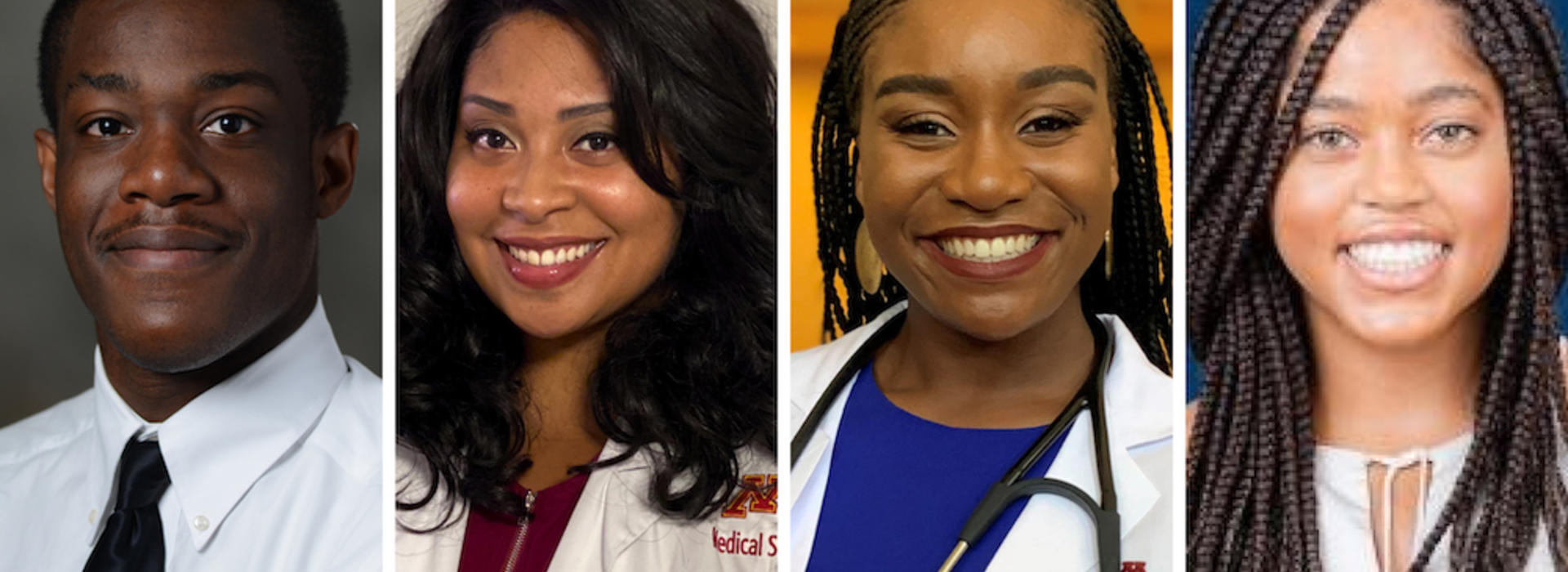
Introducing the Center of Multicultural Affairs and Engagement
The University of Minnesota Medical School’s Office of Minority Affairs and Diversity (OMAD) has always emphasized a student-centered approach to its mission of recruiting, retaining, developing and graduating diverse classes of medical students. Most recently, their students have pushed for the renaming of the office itself.
“The renaming of the office reflects the ever-changing landscape of our society and the fact that this institution has always been a place of unity and a beacon of what we can be,” said Henry Aubyn, a fourth-year Medical School student. “Student ideas were solicited in the renaming, which reflects what is important to students and that the University takes that seriously.”
By popular student vote, OMAD has become the Center of Multicultural Affairs and Engagement (CMAE). Although the mission remains the same, the renaming reflects the changing demographics and diversity of the Medical School and community.
“CMAE — formerly OMAD — continues to strive to make everyone who uses our services feel welcome at the U of M Medical School,” said Mary Tate, director of CMAE. “The name change continues to reflect our welcoming, inclusive and supportive environment.”
Fourth-year medical student Khuaten Maaneb de Macedo connected with CMAE while working night shifts as a medical scribe in the emergency department. After participating in CMAE’s Empowering Seminar for premedical students and receiving support from the office’s leadership, she decided to enroll at the Medical School. She was involved in the transition from OMAD and believes it will resolve some of the implications the previous name held.
“Although it should not be the case, the word ‘minority’ has some negative connotations associated with it,” said de Macedo. “In changing this word to ‘multicultural,’ any negative sentiment or connotation is replaced with a word that invokes celebration of the differences that we all bring to the Medical School. The word multicultural also includes the presence of diversity and shows that the office is there for all people of all backgrounds.”
In addition to reframing the language surrounding the community the office serves, students involved in the renaming process emphasize the importance of adding the word “engagement,” stating that this displays a reinvigorated commitment to the wider community.
“It serves as a reminder that we, medical students, do not operate in a bubble,” said Reme Abulu, a third-year Medical School student. “We are meant to take the things we’ve learned into the world in order to better healthcare for everyone.”
Another third-year medical student, Dominique Earland, touched on how the renaming refocuses on engagement.
“My hope is that the renewed emphasis on engagement will be prioritized in future initiatives,” Earland said. “I hope future students, faculty and administrators will inquire about how they can become involved to encourage a more inclusive institutional culture.”
To accomplish its mission, CMAE partners closely with student organizations, including Student National Medical Association (SNMA), White Coats 4 Black Lives (WC4BL), Latino Medical Student Association (LMSA), Asian Pacific American Medical Student Association (APAMSA) and more.
“The number of events and opportunities through CMAE allow premedical, medical and postgraduate students to get connected with one another and the community, receive mentorship, learn about the journey to medicine, give back to the community and more,” said Paris Delany, a fourth-year Medical School student. “Outside of that, it’s a home for many students as well.”
Student-centered insights are now redirecting attention to the growing diversity of the Medical School, CMAE’s mission and the goal of its many programs for underrepresented communities.
“This office uplifts and helps so many BIPOC students find safe spaces,” de Macedo said. “Knowing that they will continue to be active and engaged advertises what the center has always been, and will continue to be, for so many.”